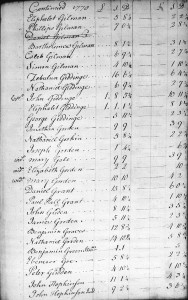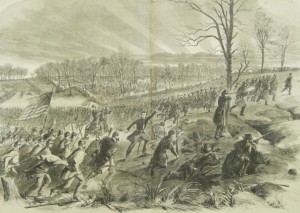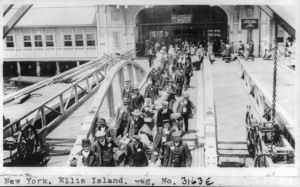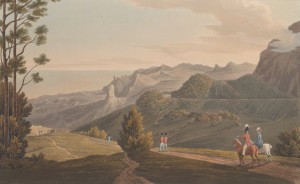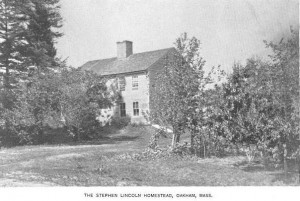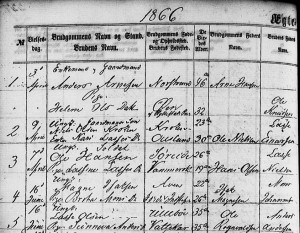
In the years after the American Civil War, an influx of immigrants from Scandinavia settled in the United States. Pushed from their homelands by famine, overpopulation, and lack of economic opportunities, these Swedes, Norwegians, Finns, and Danes poured into the country. In particular, they were drawn to the American Midwest, where large tracts of fertile farmland were abundant. Here they established their own communities, where they spoke their mother language, established their own churches, and even published their own newspapers. Today many Americans can claim Swedish, Norwegian, Finnish, and Danish ancestry. And if you are one of these Americans, you may be apprehensive about researching these ancestors because of the language barrier. Don’t be; with the right base of knowledge and a little practice, you’ll be well on your way to uncovering your Scandinavian roots. Continue reading My family is Scandinavian . . . now what?!
